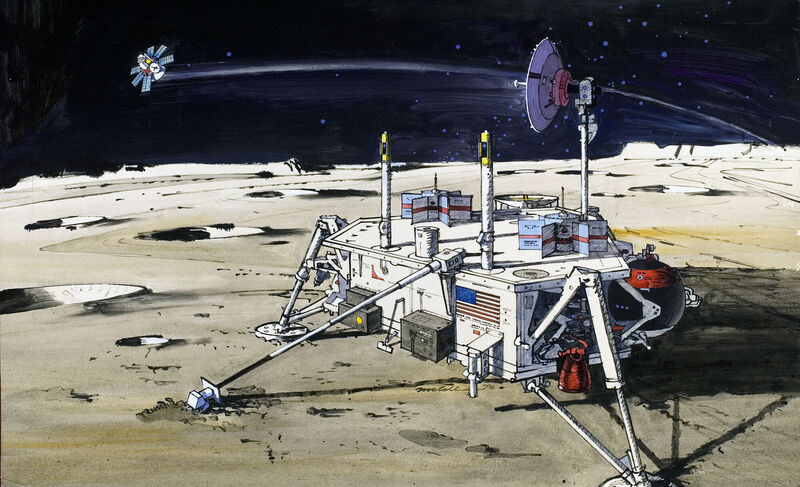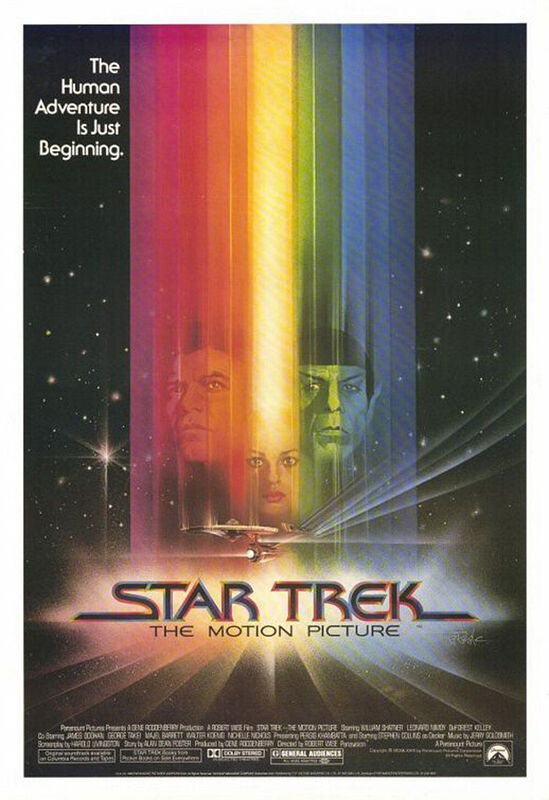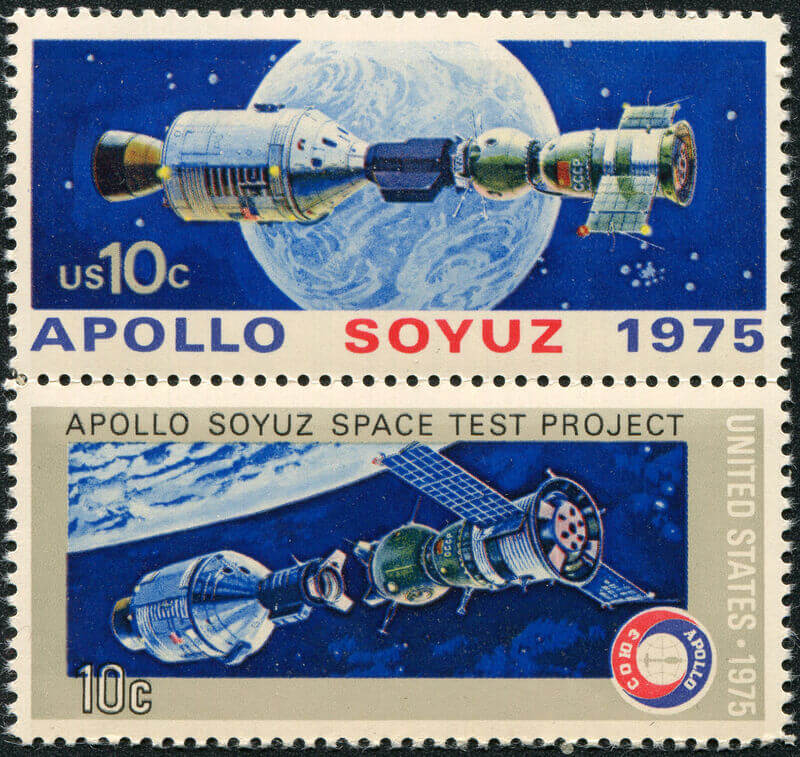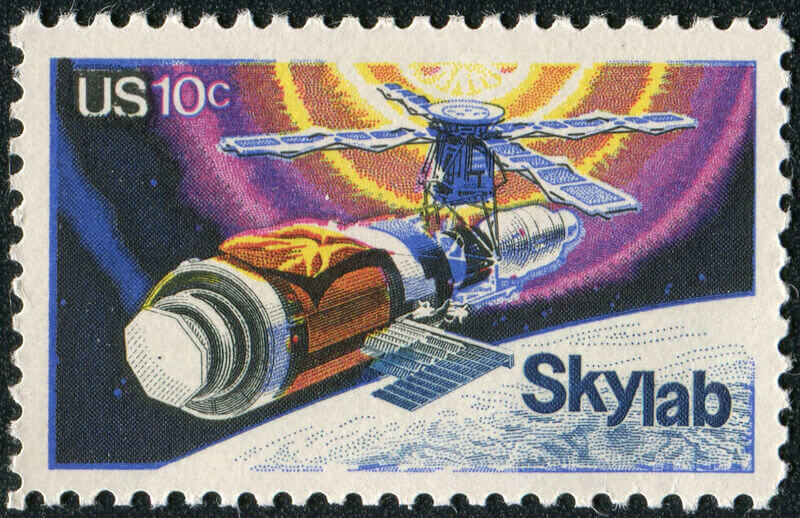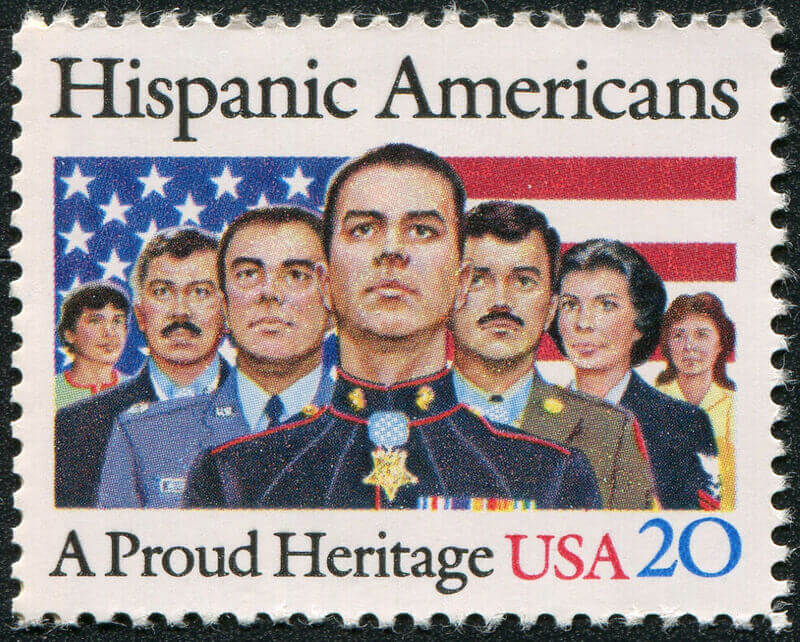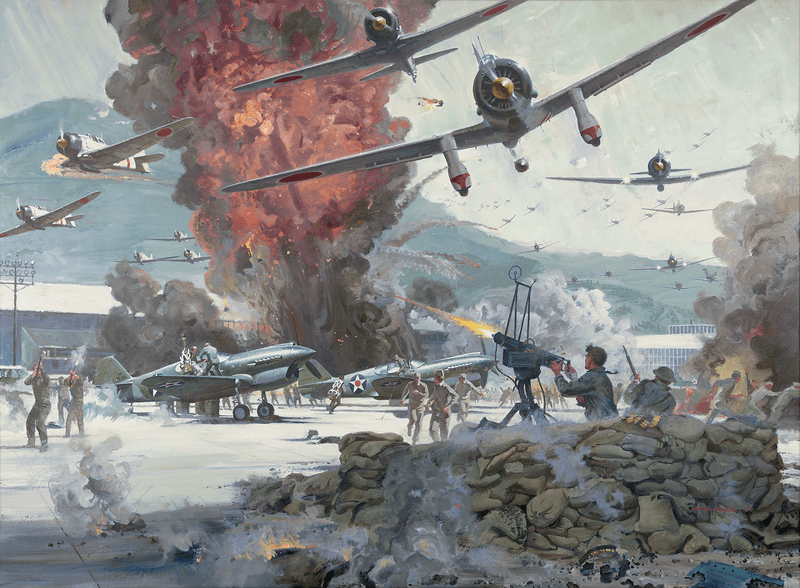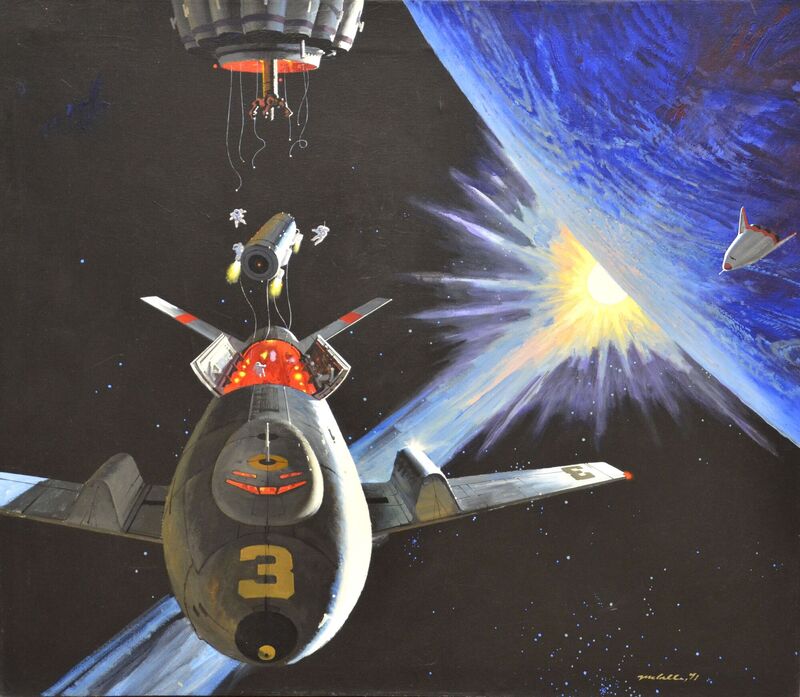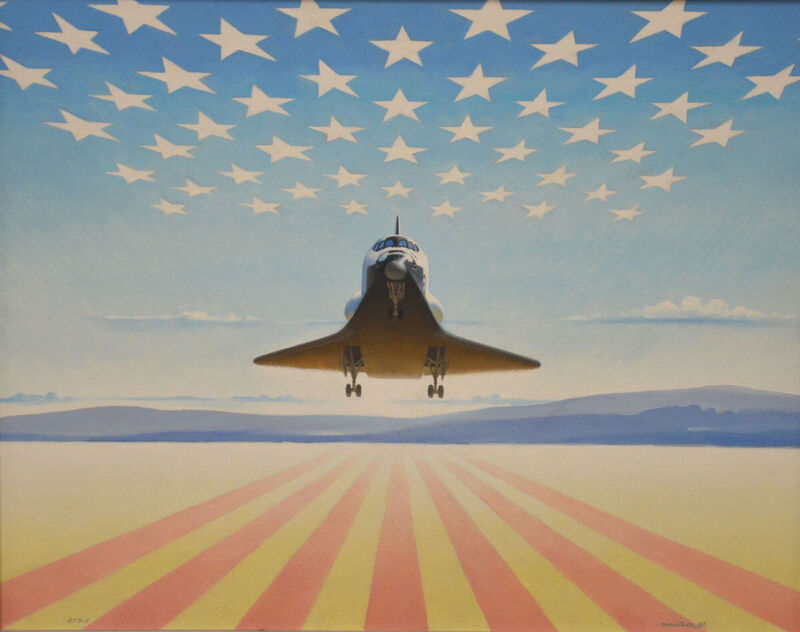“As no other artist has done, McCall captures the essence of life in space, rather than just space itself. I like Bob’s uplifting vision of the future, full of optimism as mankind presses out into the universe.”
— Michael Collins, Astronaut, Apollo 11
Robert McCall is widely regarded as the preeminent artist of space — or, in the words of Isaac Asimov, “the nearest thing we have to an artist-in-residence in outer space.”
The AVA's Robert McCall Collection consists of 95 boxes and 4 oversized folders featuring papers, photographs, pamphlets, 35mm slides, VHS tapes, and other materials spanning from 1937 until McCall’s death in 2010. Of primary interest to researchers are the extensive materials depicting McCall’s life, travels, interests, and artwork. Copies of published books with McCall’s illustrations are also present, including “Our World in Space, Vision of the Future: The Art of Robert McCall” and “The Art of Robert McCall: A Celebration of Our Future in Space.”
About Robert McCall
Robert McCall was born in Ohio in 1919. After his humble beginnings working as a painter for a sign shop, McCall went on to illustrate for magazines such as Life and The Saturday Evening Post. In 1964, he became an official artist for NASA, a thirty-five year relationship that supplied a front row seat to some of the greatest moments in space history, like the first manned space flight of Alan Shepard on Mercury 1 and Neil Armstrong’s first steps on the moon.
In addition to being NASA’s visual historian, McCall sparked our collective imagination with regard to “future history.” Serving as a conceptual artist for the entertainment industry, he worked on films like Stanley Kubrick's “2001: A Space Odyssey,” “Star Trek: The Motion Picture,” “Tora! Tora! Tora!” and Disney's “The Black Hole.”
McCall was a prolific artist, with an estimated 2,000 paintings to his name. He painted murals across the country, including one of his best known pieces, The Space Mural – A Cosmic View, at the Smithsonian’s National Air and Space Museum in Washington D.C. He also produced over 20 postage stamps for the U.S. Postal Service, and his work has appeared on jigsaw puzzles, NASA mission patches, courtroom sketches and posters.
An optimist and dreamer, McCall was unrestrained by scale, unlimited by location, unconfined by the boundaries of what is known or what can be imagined. In his own words, “The future is bright and filled with promise for us all, and the human spirit — driven as it is, with an insatiable desire to know, to explore, and to understand — will continue forever to reach upward and outward.”
Behind the paintings of astronauts, space shuttles, and distant worlds, was a man that used his imagination and talent to do what he loved — capture the past, present, and future through his paintbrush.
“So there you have it. All the reasons circling the one big reason and answer, for Robert McCall. His body stays on earth, but he arm and hand, holding the brush, wielding the shapes and colors, reach across millions of miles of space to the threshold of our dreams and warm our flesh there a century and then ten centuries from this morning. He paints realities unachieved as yet in order to force us to soar and achieve them. There is no grander purpose.”
— Ray Bradbury, “Introduction,” The Art of Robert McCall (1992)




